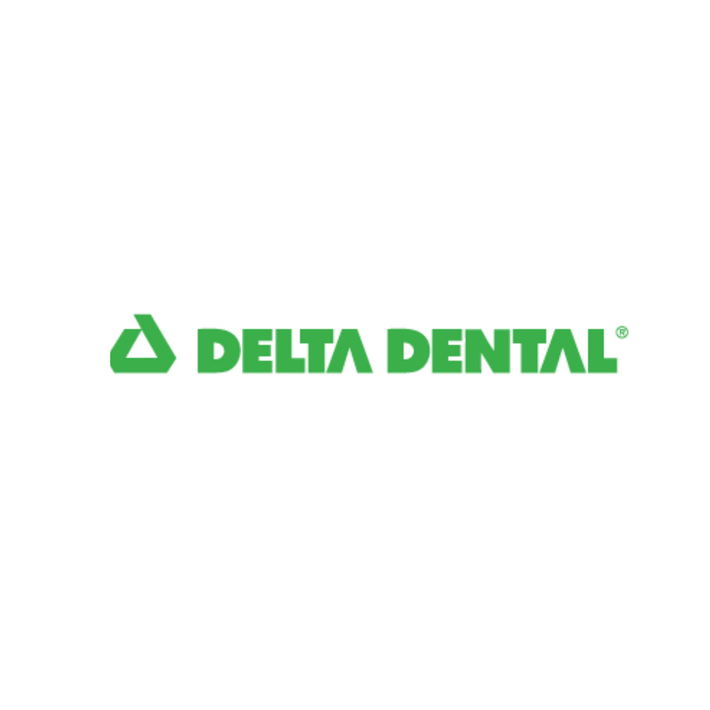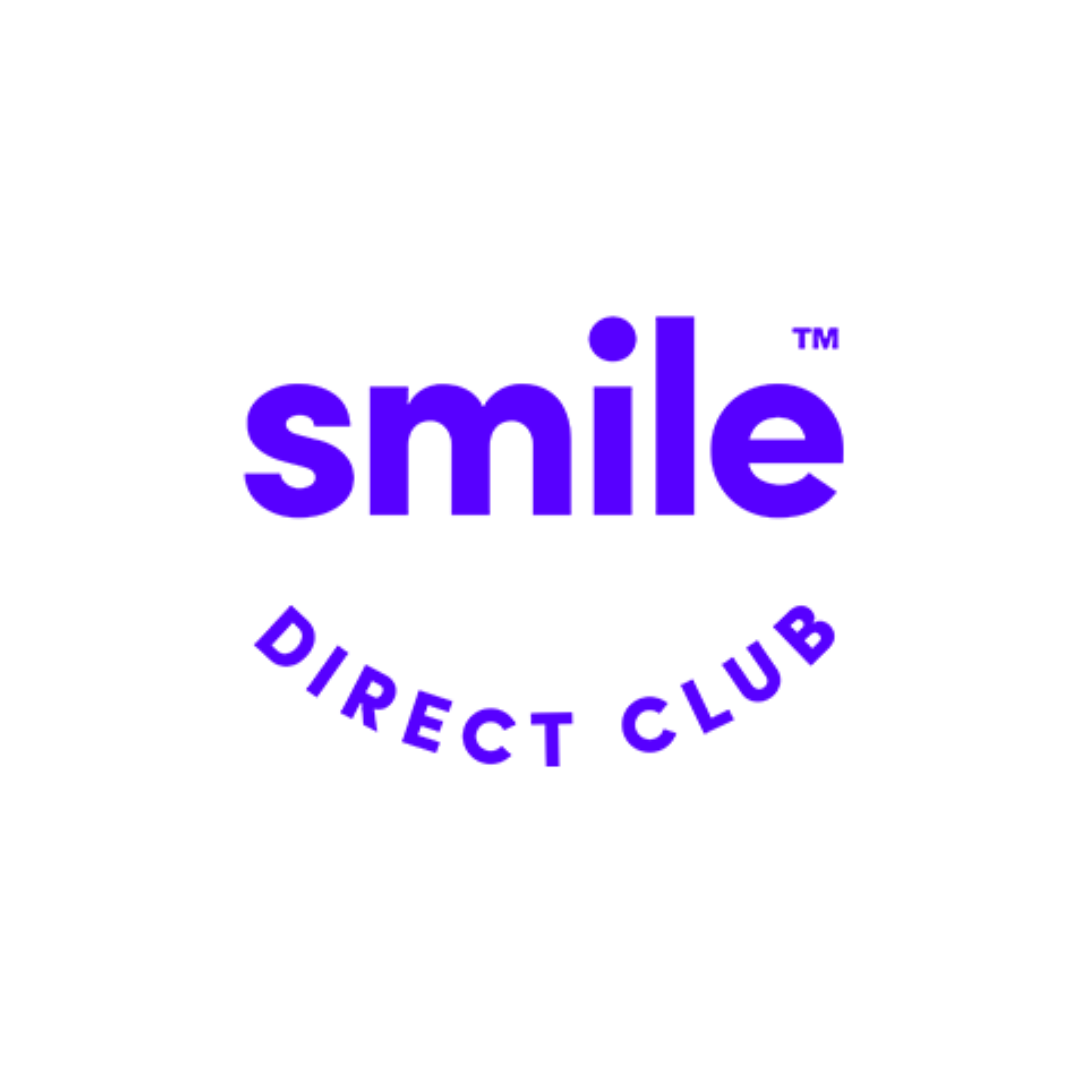Invisalign Candidacy: Who Is Eligible for Treatment??
Invisalign clear aligners offer a modern, discreet alternative to traditional braces, providing patients wit...














Take clear pictures of your teeth from home.
Upload your insurance info for a quick check.
Our team reviews and gets you set up fast.
Invisalign cost typically ranges from $3,000 to $8,000, depending on your location, the complexity of your case, and how many aligners you need. Many orthodontic practices offer flexible payment plans or financing options to make treatment more affordable.
The cost of Invisalign vs. braces is often comparable. Traditional metal braces usually range between $2,500 and $7,500, while Invisalign sits between $3,000 and $8,000. Invisalign is generally considered more discreet and comfortable, while braces may be preferred for more complex alignment cases.
The full Invisalign process—from your initial consultation to receiving your first set of aligners—typically takes 2 to 4 weeks. Some providers offer same-day digital scans and fast-track setups, but custom aligners still take a bit of time to manufacture and ship.
Your Invisalign fitting involves a 3D digital scan (no gooey impressions) and a custom treatment plan. Once your aligners arrive, your orthodontist will ensure they fit snugly and show you how to wear and clean them. You’ll also get a schedule for changing aligners and check-ins every 6 to 8 weeks.
Invisalign treatment typically takes 6 to 18 months, depending on how complex your alignment issues are. Minor spacing or crowding cases may resolve in a few months, while more involved adjustments take over a year. Your orthodontist will provide a projected timeline after your fitting.
Invisalign vs braces comes down to lifestyle and treatment needs. Invisalign offers nearly invisible trays, removable convenience, and fewer office visits. Braces are better for severe misalignment, jaw corrections, or if you’re less likely to remember to wear trays 20–22 hours a day. Many adults and teens prefer Invisalign for aesthetics and comfort.
Many dental insurance plans offer orthodontic benefits that may cover Invisalign treatment similarly to traditional braces. Coverage often includes a percentage of the treatment cost or a fixed dollar amount, with lifetime maximums typically ranging from $1,000 to $3,000. For instance, some patients have reported that their insurance plans, such as those from Delta Dental or Cigna, covered a portion of their Invisalign treatment costs . However, it's essential to note that coverage details can vary widely between different plans and providers. Some plans may consider Invisalign a cosmetic procedure and not cover it at all
In general, Medicaid does not cover Invisalign treatment. Medicaid typically covers orthodontic procedures like traditional metal braces for patients under 21 years old when deemed medically necessary . Invisalign and other clear aligners are often considered cosmetic treatments and are not included in Medicaid coverage . While there may be rare exceptions depending on the state and specific circumstances, such coverage is uncommon.